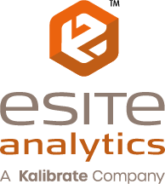Talk about a retail revolution. When customers buy wine from Firstleaf, they don’t sample, sip, sniff or study wine labels and tasting notes. They simply take about 10 seconds to fill out a short questionnaire and then—voila!—a customized shipment is on its way. After the first box arrives, buyers are encouraged to sign into their accounts and rate the wines. That feedback is used to generate a second shipment, which is also rated, and on it continues until the wine novice becomes a wine lover and loyal customer.
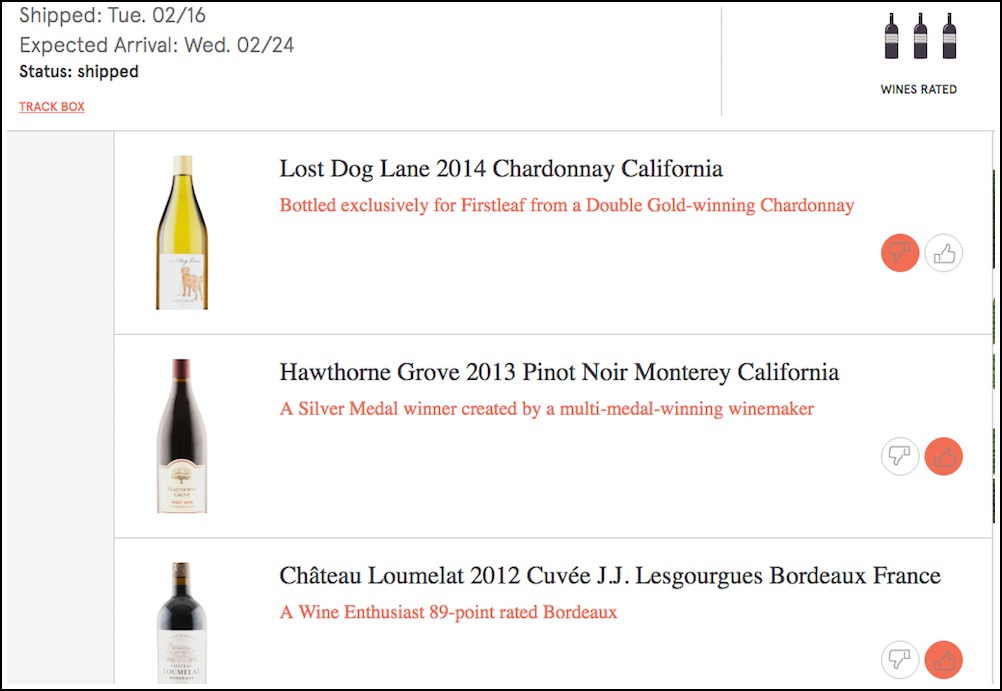
One luxury magazine said this interactive shopping experience makes the word “algorithm” sound sexy. Another called it “Netflix for wines.”
It’s precisely the sort of data-driven business intelligence that’s transforming how consumers interact with brands. Even as people debate the FBI’s right to hack into iPhones and Apple’s protection of personal data, millions of consumers are willingly offering up all kinds of personal information in exchange for better shopping experiences.
The question is:
How is your brand leveraging it?
All that data—geospatial data, traffic data, demographic data, psychographic data, transactional data, reviews and ratings—empowers us to put customers at the core of retail decisions in ways that weren’t possible a mere decade ago. From merchandising to marketing to site selection, we have opportunities to provide customers exactly what they seek, often before they even realize they want it.
But what is it that makes people comfortable inviting retail brands into their personal lives? What can a company do to ensure its best customers are feeling well-cared for…instead of big-brothered?
If you’re knee-deep in the process of aggregating and analyzing, it’s time to take a step back and look at the actual psychological motivations behind many of these buying behaviors.
Why the Paradox of Choice Makes Customers Welcome Algorithms
One of the world’s experts on choice is Sheena Iyengar, a professor at Columbia Business School. In one of her famous studies, grocery shoppers were presented with two alternating sampling stations. One included 24 jam flavors. The other offered six. Although the larger sampling station attracted 20% more traffic than the small one did, only 3% went on to purchase jam. But when people were presented with just half a dozen flavors, 30% bought at least one of them.
While shoppers could have selected from a wide variety of jam flavors, they were 900% more likely to make a purchase when asked to make a decision based on just six. Researchers call this The Paradox of Choice.
Although these initial findings have been challenged in recent years, countless examples still show how limiting choice can be a powerful influence on buying behavior.
For example, consider the case of online clothing retailer MM.LaFleur. The company does not offer a wide array of items or change inventory by season. Instead, female customers choose from a notably small collection of mix-and-match pieces intended for the workplace. They can even skip the shopping experience altogether and opt instead for a bento box—a compartmentalized container of products designed to come together as a complete set of workweek outfits.
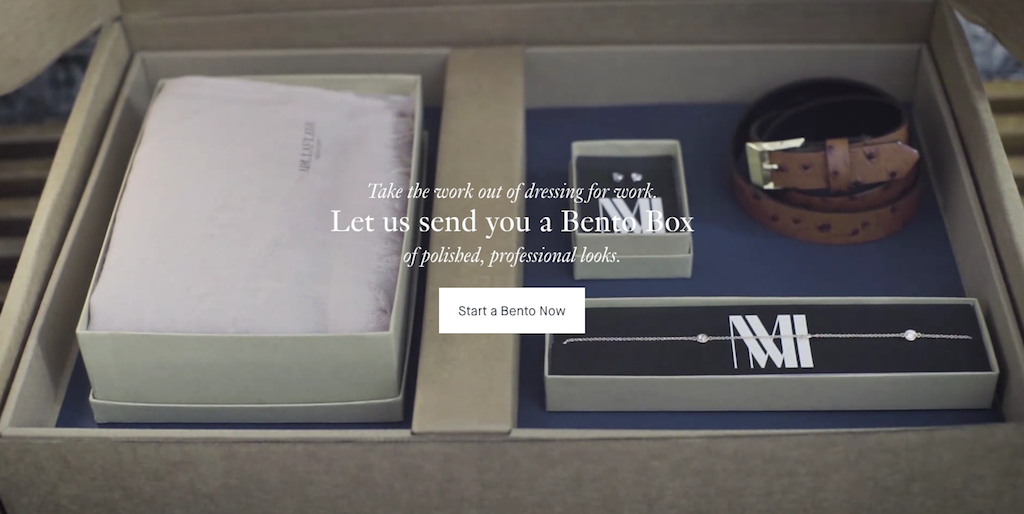
Nearly 40% of first-time customers place their second order within four weeks. According to a Fast Company report, “Revenue grew nearly 600% in 2015 from a year earlier, and is projected to reach $30 million in 2016.”
MM.LaFleur hasn’t just identified that its core customers are paralyzed by choice. They devised an entire retail model around the concept.
In another study by Iyengar, this same idea was shown to impact how Americans save for retirement. When participants were offered two funds, participation hovered near 70%. When 59 funds were offered, participation dropped closer to 60%. And the more choices that were available, the more likely people were to completely avoid stocks or equity funds—not the kinds of decisions, Iyengar said, “that any of us would recommend for people when you’re considering their future financial well-being.”
Iyengar’s research helps explain why consumers so often respond favorably to limited choices.
Still, retailers do have a fine line to walk. In an excellent article from Adobe, the brand’s director of product marketing, Kevin Lindsay, argues that there “needs to be a balance between choice and hyper-relevance:”
With increasing demands on time and discretionary spending (plus consumers’ sheer intolerance and impatience surrounding anything that’s not highly tailored) personalization is not only a powerful tool, but a necessary one—nearly 9 in 10 consumers say customized experiences influence their buying decisions.
Lindsay goes on to describe the process of buying a pair of sneakers, and how using data to limit options can increase the likelihood of a purchase… as long as it doesn’t cross the boundary between freedom of choice and big brother-style customization.
These sentiments were reinforced in an Infosys omni-channel retail study. In that survey, 59% of shoppers who experienced personalized promotions and recommendations believed it noticeably influenced purchasing.
What these recent examples and countless others teach us is that many customers welcome data-driven limitations that make shopping a more pleasant, less overwhelming experience.
How the Path to Purchase is Becoming a Path to Purpose
Another area of developing research reveals the significance of authenticity. In one study, consumers were found to choose brands that engage them on their passions and interests 42% more often than they do those that simply urge them to buy a product or service. As digital platforms and social networks change the relationship between brands and consumers, the traditional path to purchase is becoming a “path to purpose.”
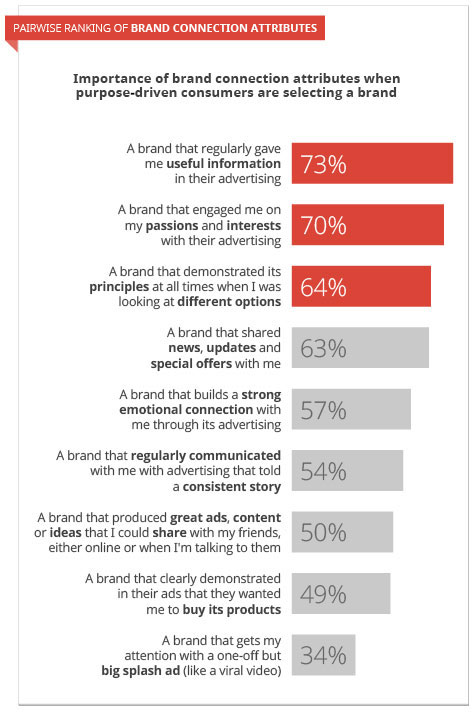
[Source: Think with Google]
Retailers that rely too heavily on transactional data are getting a very small part of the story. Where do your customers spend their time? What’s important to them? What causes do they get behind? What stages of life are they in and how is that impacting their hobbies, interests and values?
For example, the following narrative is extracted from one of the dozens of customer segmentations in eSite Analytics retail analytics tool TrailBlazer:
[This group will] volunteer for social causes, vote Democratic and march in protests to protect the environment. They belong to arts groups that support dance, symphonic music and opera. Globally-minded, they’re interested in other cultures and champion human rights abroad. While they want to succeed economically, they don’t want to work for organizations with weak ethical reputations.
Based on this description, which of the following two brands do you think this group of young professionals would be more likely to buy from? This one:
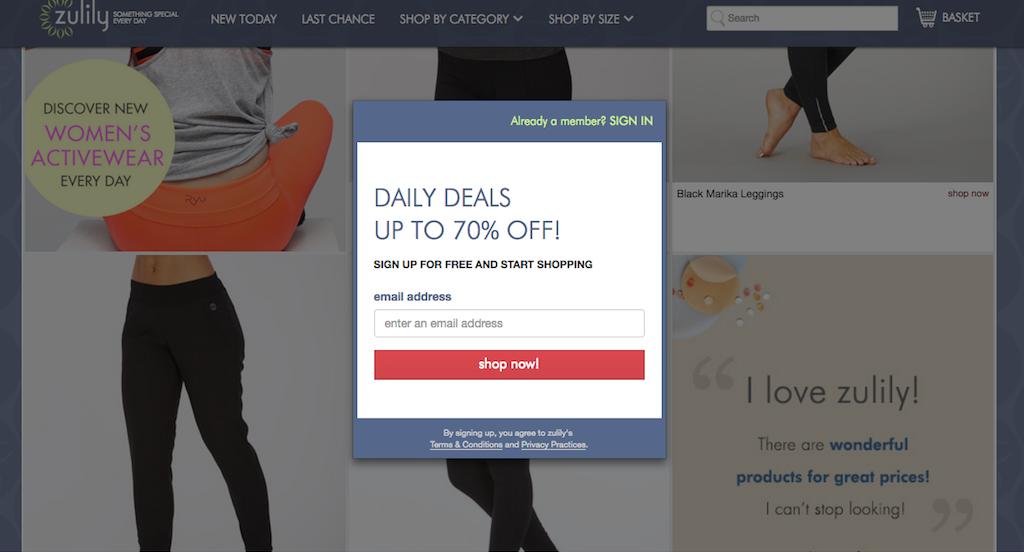
Or this one?
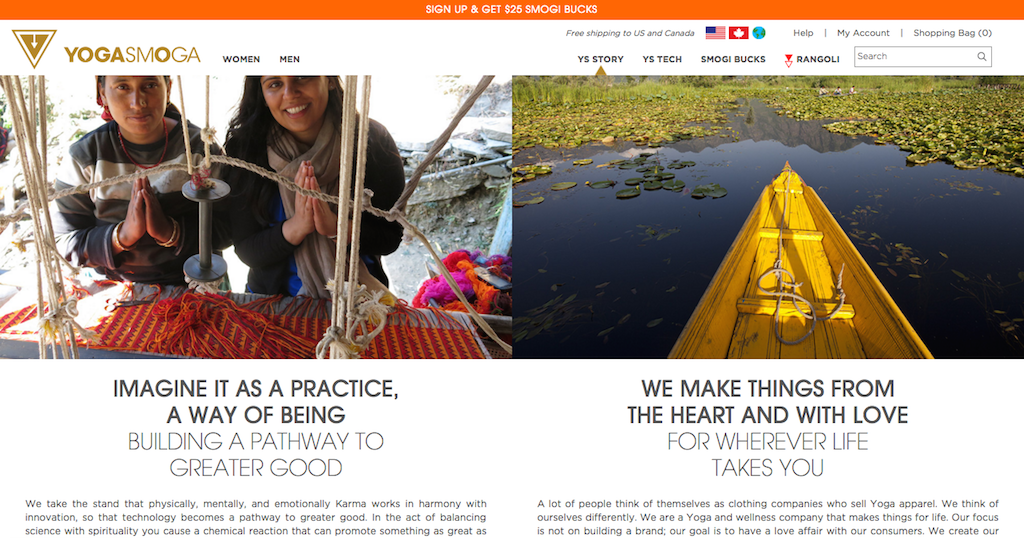
You’d expect them to go with the latter, right? But while some specialized brands can get away with catering to one classification type, as the YogaSmoga website does, most will need to cater to multiple subsets. For example, here’s another customer classification, again taken from TrailBlazer:
[This group] likes to shop, though they’re price-sensitive. They like to stretch their money, typically waiting for sales, patronizing factory outlets and heading right to the clearance racks.
This group of customers would most likely respond more favorably to the promise of “up to 70% off.” But what if the brand analyzing these groups is not a clothing retailer but rather a fast-casual restaurant that serves all-natural beef burgers and supports local farms? In that case, both customer segments would show up in geographic reports identifying pockets of key audiences.
This is where the ability to both acquire and dissect the data around core customers’ interests can be an incredibly powerful tool. It allows a company to create a start-to-finish path connecting all interactions with the brand, from on-the-ground and in-store experiences to online engagements.
So…
Now that you’re thinking more about the paradox of choice and your customers’ paths to purpose, how will you begin to apply these philosophies to your own growth strategies?
P.S. TrailBlazer™, our 360 degree retail analytics tool, provides of a lot of granular-level customer insights like the ones described above. Request a live demo here.
